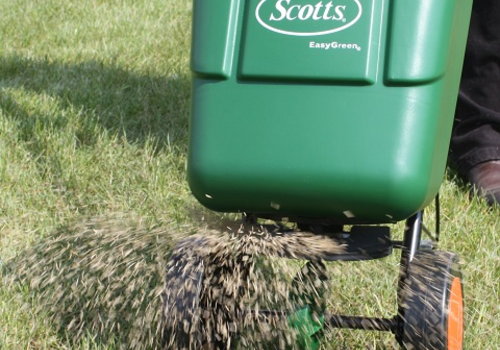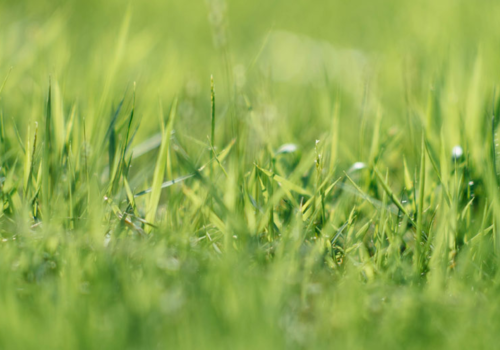
Maintaining a shady lawn doesn't need to be difficult. The key is choosing the best grass seed for shade and following good lawn maintenance to improve the soil. In this blog, we look at what you can do to improve the quality of your soil to help the grass in the shade thrive.
Assess the current condition of your soil
Before purchasing any grass seed, we recommend assessing the current condition of your soil. Growing grass in shaded areas already can be tricky, so by understanding your soil it will help make things a little easier.
When assessing your soil some things to consider are:
- What is the current soil temperature? The optimum temperature for sowing seed is around 8-10 degrees.
- Is it compacted and needs aerating? Grass seed thrives best in soil where it is nicely aerated meaning moisture can drain through the soil.
- What are the moisture levels like? Soil with too much or too little moisture can make growing grass difficult.
- What type of soil do you have? Some soils may be more sandy than others or even acidic - so knowing what your soil is like will help you make the best choice.
- What are the pH and nutrient levels of your soil like? Test your soil to understand the levels of nutrients and pH levels, make amendments based on results to improve the soil fertility and structure.
- Is your lawn covered in debris and weeds? If so, make sure to remove any debris or weeds before sowing to prevent the weed competing with your new seedlings.
- How much shade does your lawn get? Look at your lawn and determine which areas get the most shade and which get sun. This will help you choose the right combination of grass seed for your lawn.
Avoid too dry or wet conditions
|
Low Moisture Content Found when growing grass under trees Shady lawns which are sheltered by trees often dry out and have low nutrient content in the surrounding soil. This is because the trees leech the water and nutrients from the soil. Therefore, grass has to contend with low light levels as well as drought conditions and low nutrient levels. |
|
High Moisture Content Found when growing grass shaded by buildings Lawns shaded by buildings or walls can have poor air circulation and drainage which causes that grass to be constantly damp. |
|
How to repair: How to repair:
If you are trying to grow grass under oak trees, pine trees or conifers, it is important to consider the soil pH. These trees tend to increase the acidity of the soil and so it may be beneficial to add lime to neutralise the conditions. Beware however that changing the acidity of the soil could have an impact on the surrounding trees and vegetation. |
|
How to repair:
In any situation where conditions are not favourable, some grasses will become weak. Therefore it is best to occasionally overseed the lawn to restore the balance and create a healthy lawn. |
Improve soil fertility
Improving the quality and fertility of your soil is crucial when sowing grass seed in shaded areas. Adding compost, manure or fertiliser to your area before sowing can help improve soil fertility. Make sure to choose a fertiliser that is specifically designed for shaded areas.
Choose the right grass seed
This right grass seed mixture is crucial for helping your new lawn thrive. After you’ve established the condition of your soil, pick a grass seed that will be best suited. At Boston Seeds, we have a couple different specifically formulated grass seed mixtures for shaded areas. Our shady place grass seed mix and our child’s play lawn seed mix are perfect for sowing in seeded areas.
Managing the pH levels of your soil
Another key thing to consider is if the pH levels of your soil, the right pH levels help you create a healthy and thriving lawn even in shaded areas. The best pH level of most grass species is around 6 to 7, slightly acidic. We recommend regularly testing your soils pH levels and making necessary adjustments as and when it is required.
Maintain optimal soil structure
Keeping the structure of your soil in the right conditions can again help encourage grass growth even in shaded conditions. Compacted soil can stop water from getting to the seeds and roots of your grass, stunting its growth - therefore making sure to aerate the soil before sowing can allow water to easily get to the roots of your seedlings.
---------
How we can help!
At Boston Seeds we take pride in excellent customer service. If you're growing a lawn from scratch but unsure how much grass seed you need, our handy Grass Seed Calculator can help you figure it out in just a few clicks!
With Next Day Delivery on hundreds of items too, choosing from our extensive range of grass seed couldn't be easier. Ordering regularly or looking for large volumes? Click here to apply for a trade account today - we review all applications within one working day. If you have any questions, then please get in touch.


